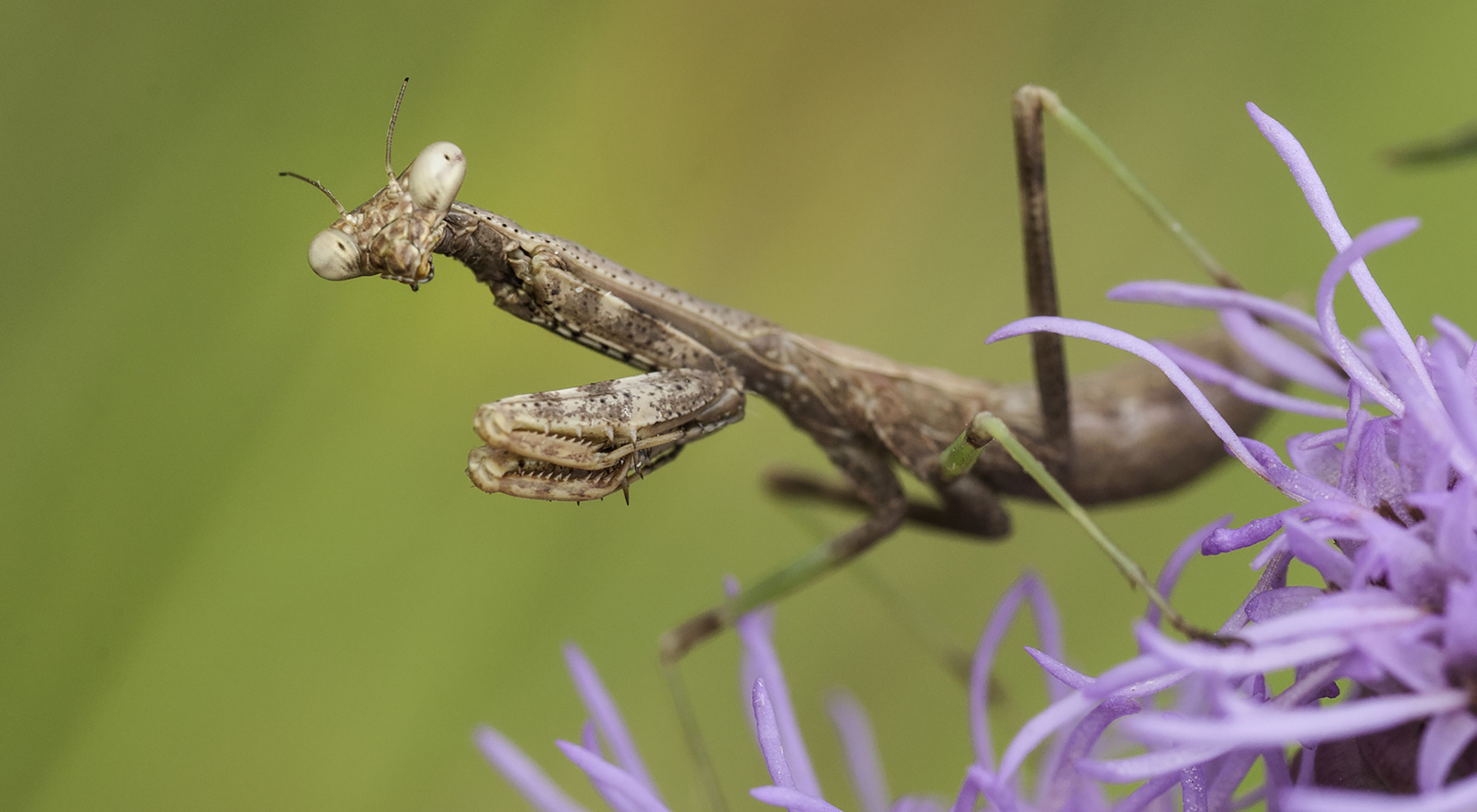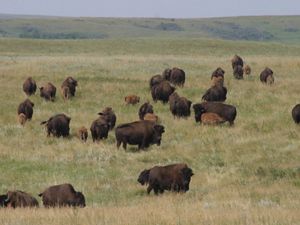Description
While camping near this prairie in 1804, the Corps of Discovery recorded a snapshot of what this region was like before European settlers arrived.
Captain William Clark wrote in his journal: “From the top of this mound, we beheld a most beautiful landscape. Numerous herds of buffalo were seen feeding in various directions. The plain to the north, northwest and northeast extends without interruption as far as can be seen.”
Native Americans believed this mound, known as Spirit Mound, was inhabited by “little devils” armed with arrows. The steep and rocky land here protected patches of land from the plow and preserved pieces of original prairie. Vermillion Prairie is a remnant of this once great panorama.
This prairie—located on the bluffs that overlook the Vermillion River—helps preserve a region rich in natural history.
Why TNC Selected This Site
Through its work with many partners, TNC nurtures conservation throughout the state. An important part of this dialogue involves educating landowners, farmers and concerned citizens about the ways they can protect and preserve South Dakota’s last great places.
Vermillion Prairie was a rare opportunity for TNC to reach a younger audience with its conservation messages. Its great location with easy access made it ideal for outdoor classroom use. The diversity in plant and animal life here provides fascinating material for elementary, secondary and college students.
Learn more about TNC’s approach to partnerships.
What TNC Has Done/Is Doing
This prairie’s hilly contours may have protected it from the plow, as European settlers primarily used it for grazing, which was the dominant use of this small parcel of land when TNC acquired the preserve in 1976. At the time, a master management plan was developed for the entire preserve. The plan called for strategic use of conservation tools, such as controlled fires. The drainage area, for example, had a heavy layer of mulch that needed to be removed before native vegetation could thrive. In other places, harmful, non-native had taken a foothold and needed to be removed.
Today, the preserve is open to research and is being managed to provide a safe haven for native invertebrates, mammals and vegetation.



